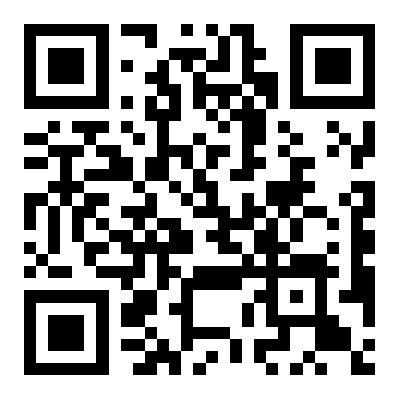-
 KnightLiao
KnightLiao
配音视频专用英文怎么说
Introduction:
In the world of dubbing and voice-over for videos, it is essential to have a good understanding of the specialized English terminology used. Knowing how to communicate effectively using the appropriate terms is crucial for professionals in this field. This article aims to provide a comprehensive overview of the specific English phrases and expressions commonly used in the domain of dubbing and voice-over.
Q: What are some common English terms used in dubbing and voice-over?
A: There are several key terms used in this field. Here are a few examples:
1. Voice-over: The process of recording a voice that is not seen on screen, commonly used for narration or commentary.
2. Dubbing: The replacement of the original language dialogue in a video or film with translated audio in a different language.
3. Lip-sync: The synchronization of the audio dialogue with the movement of the speaker's lips.
4. Pick-up: A short recording session used to re-record specific sections or lines.
5. Script: The written text that actors or voice artists use as a reference during recording.
6. Timecode: A system that assigns a unique identifier to every frame of audio or video, facilitating synchronization between different media elements.
Q: How is the process of dubbing usually conducted?
A: The process of dubbing typically involves the following steps:
1. Translation: The original dialogue is translated into the target language while ensuring that the meaning and essence of the content are preserved.
2. Adaptation: The translated dialogue is adapted to fit the lip movements of the characters on screen.
3. Casting: Suitable voice artists are selected to match the original voice and characteristics of the on-screen characters.
4. Recording: Voice artists record their performances in a professional studio, following the script and syncing their voices to the visuals.
5. Editing: The recorded voice tracks are edited to remove mistakes, minimize background noise, and ensure seamless integration with the video.
6. Mixing: The final step involves mixing the voice-over with the background music, sound effects, and other audio elements to achieve a balanced and harmonious result.
Q: Are there any challenges specific to the dubbing process?
A: Yes, dubbing poses several unique challenges, including:
1. Lip-sync accuracy: Ensuring that the dubbed dialogue matches the lip movements of the characters on screen is a complex task that requires careful timing and precision.
2. Tone and emotion: Capturing the original performance's tone and emotion in the dubbed version is essential for maintaining the intended impact of the video.
3. Cultural adaptation: Adapting cultural references and idiomatic expressions from the source to the target language can be challenging to ensure that the dialogue resonates with the audience.
4. Localization: Adapting the content to suit regional dialects, accents, and nuances is crucial for creating an authentic and relatable experience for the target audience.
Q: What are some tips for aspiring voice artists in the dubbing industry?
A: Here are a few tips for voice artists pursuing a career in dubbing:
1. Master language skills: Develop a strong command of both the source and target languages to accurately convey the meaning and emotions of the original content.
2. Embrace versatility: Be adaptable and versatile in your performances, as dubbing involves portraying various characters across different genres.
3. Practice synchronization: Hone your lip-sync skills by practicing with videos and focusing on precise timing and facial expressions.
4. Study acting techniques: Understanding acting techniques will help enhance your performances and bring authenticity to your voice acting.
5. Continuously update your skills: Stay updated with industry trends, new dubbing techniques, and technological advancements to remain competitive in the field.
Conclusion:
Dubbing and voice-over professionals require a solid understanding of the specific English terminology used in their industry. By familiarizing themselves with the common terms and processes, aspiring voice artists can effectively communicate and excel in the exciting world of dubbing and voice-over.
免责声明:以上整理自互联网,与本站无关。其原创性以及文中陈述文字和内容未经本站证实,对本文以及其中全部或者部分内容、文字的真实性、完整性、及时性本站不作任何保证或承诺,请读者仅作参考,并请自行核实相关内容。(我们重在分享,尊重原创,如有侵权请联系在线客服在24小时内删除)
为您的创意找到最好的声音
平台累计配音,超40,050,000 分钟
-
品质保证15年专注网络配音行业 500+国内外专业配音员
-
多种配音中文多场景配音 提供小语种配音
-
公司化运作提供正规发票 签订服务合同
-
双重备案工信部公安双重备案 取得文化经营许可证
-
7*14全天候服务公司实现轮流值班 9:00-21:00都有客服
其他问题
更多视频案例
更多收到您的极速试音需求
关注【客服微信】
听最新案例,新客礼包等你拿!
提交成功
试音顾问将在工作日半小时内联系您,请准备试音文稿或参考音频加速匹配
你也可以注册,可自助下单挑选主播,在线接单配音。(7 X 24小时主播接单)







